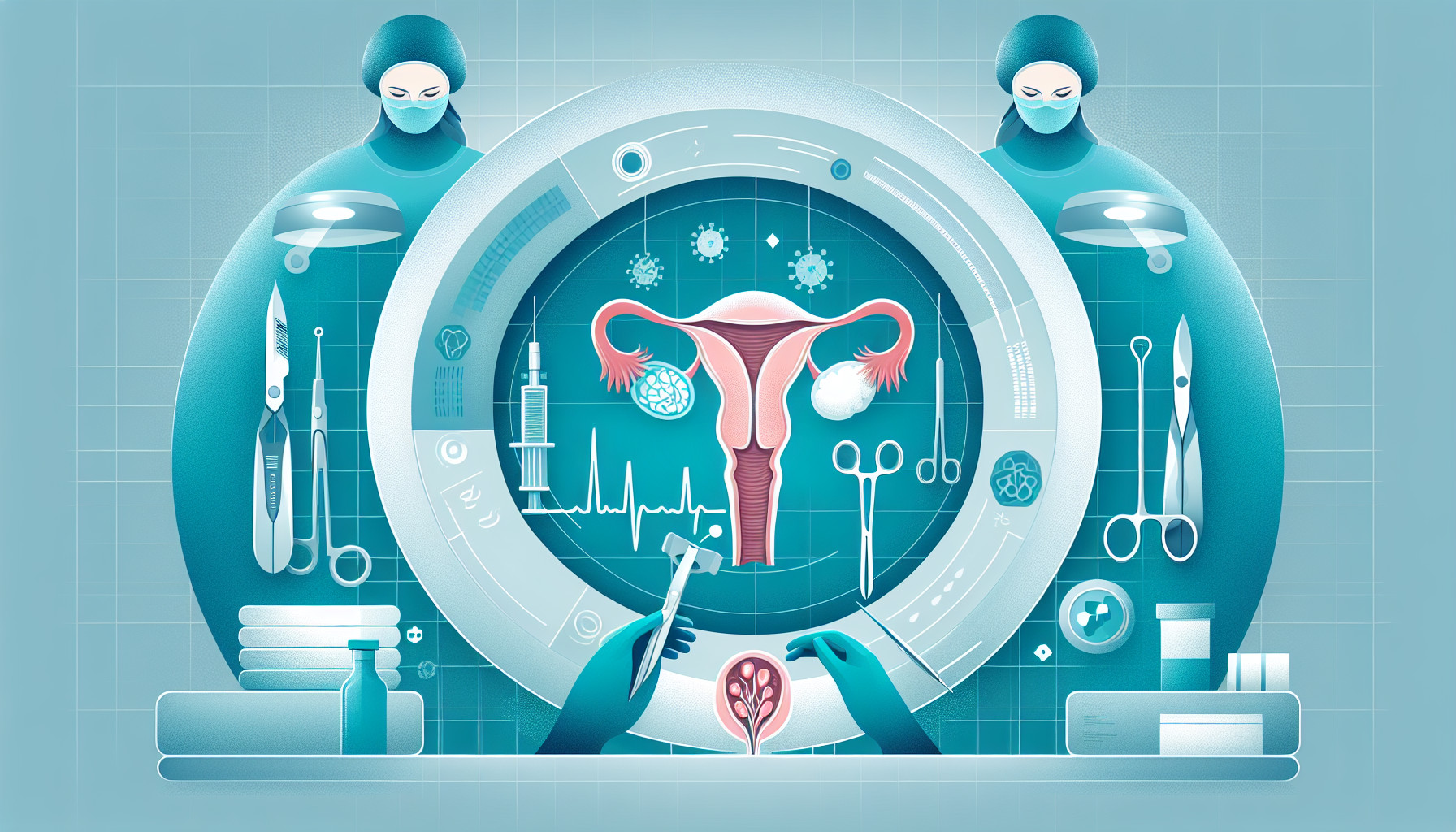Our Summary
This research paper is about an extremely rare case of a large, watery cyst found in the ovaries of a newborn baby. The baby was born to a 27-year-old mother via a caesarean section. An ultrasound scan performed during the mother’s third trimester of pregnancy had shown a cyst in the baby’s abdomen. After the baby was born, another scan suggested that the cyst was on the omentum, a layer of fat that covers organs in the abdomen. However, a more detailed scan using computed tomography showed that the cyst occupied the entire abdomen.
The doctors decided to perform a laparoscopic surgery, a minimally invasive procedure, to remove the cyst. During the surgery, they found a cyst filled with about half a liter of clear, yellow fluid in the left pelvic area. The cyst was so large that the left ovary wasn’t visible. However, the right ovary, fallopian tubes, and uterus appeared to be normal.
The cyst was removed and sent to a laboratory for examination. The lab found the cyst to be a single, large sac measuring 10x8x6.5 cm with a thin wall. Upon closer inspection under a microscope, it was determined to be a serous cystadenoma, a type of cyst that is usually benign (non-cancerous) and filled with a thin, watery fluid.
This case is significant because there are very few recorded instances of serous cystadenoma in newborns. The authors hope that by sharing this information, they can contribute to the medical community’s understanding of such cases.
FAQs
- What is the incidence of abdominal cysts in infants?
- How is a neonatal ovarian serous cystadenoma diagnosed and treated?
- What are the typical findings during a histopathological examination of a serous cystadenoma of the ovary in infants?
Doctor’s Tip
A helpful tip a doctor might tell a patient about ovarian cyst removal is to follow post-operative care instructions closely, including taking prescribed medications, avoiding heavy lifting or strenuous activities, and attending follow-up appointments with your healthcare provider. It is also important to monitor for any signs of infection or complications, such as fever, increased pain, or abnormal vaginal bleeding, and to seek medical attention if any concerns arise. Additionally, maintaining a healthy lifestyle, including regular exercise and a balanced diet, can help promote healing and prevent future cyst formation.
Suitable For
Patients who are typically recommended for ovarian cyst removal include those with:
- Large cysts that are causing symptoms such as abdominal pain, bloating, or pressure
- Cysts that are persistent or growing in size
- Cysts that are suspected to be cancerous
- Cysts that are causing complications such as torsion (twisting) of the ovary
- Cysts in postmenopausal women
- Cysts in infants or children that are causing symptoms or complications.
Timeline
- During pregnancy: Antenatal ultrasound shows an abdominal cyst in the left side of the abdomen
- Birth: Female baby delivered via caesarean section at full term
- Postnatal period: Ultrasound suggests omental cyst, contrast-enhanced CT scan shows large cyst in the abdomen
- Laparoscopic evaluation: Cystic mass filled with clear yellow fluid seen in left pelvic fossa, left ovary not visualized separately
- Ovarian cyst removal: Laparoscopic cystectomy performed, cyst sent for histopathological examination
- Histopathological examination: Diagnosis of serous cystadenoma of the ovary confirmed
- Post-surgery: Recovery and follow-up care for the patient
What to Ask Your Doctor
What are the potential risks and complications associated with ovarian cyst removal in infants?
What is the expected recovery time after the surgery?
Will the removal of the cyst affect the future fertility of the infant?
Are there any long-term implications or follow-up care needed after the cyst removal?
What is the likelihood of the cyst recurring in the future?
Are there any alternative treatment options available for the ovarian cyst?
How will the surgery be performed (laparoscopic, open surgery, etc.) and what are the potential benefits of each method?
What are the criteria for determining if the cyst is benign or malignant?
Will the removal of the cyst impact the development or function of the ovaries in the future?
How often should follow-up appointments be scheduled after the surgery?
Reference
Authors: Vimal M, Chatterjee P, Nangia A, Choudhury SR. Journal: J Lab Physicians. 2021 Jul 14;13(4):388-390. doi: 10.1055/s-0041-1732487. eCollection 2021 Dec. PMID: 34975262
